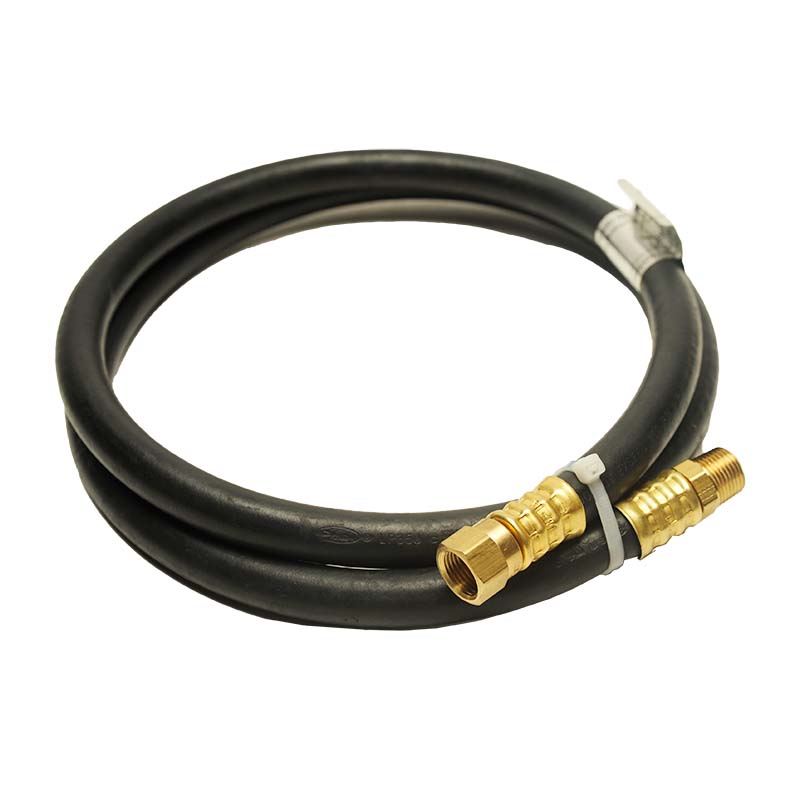Here you go. There’s 50ft but quick reading shows the pressure may drop too low as has been mentioned.Can you post the link for the hose, I can’t find a natural gas hose in that length, I would like to move my NG BBQ as well

3/8” Natural Gas & Propane Hose Male Pipe Thread To Female Flare
3/8" hose comes in 5, 10, 15, & 20 feet. Can be used for both natural gas and propane gas line replacement or extension for gas appliances. Available in Canada
 barbecuesgalore.ca
barbecuesgalore.ca





















